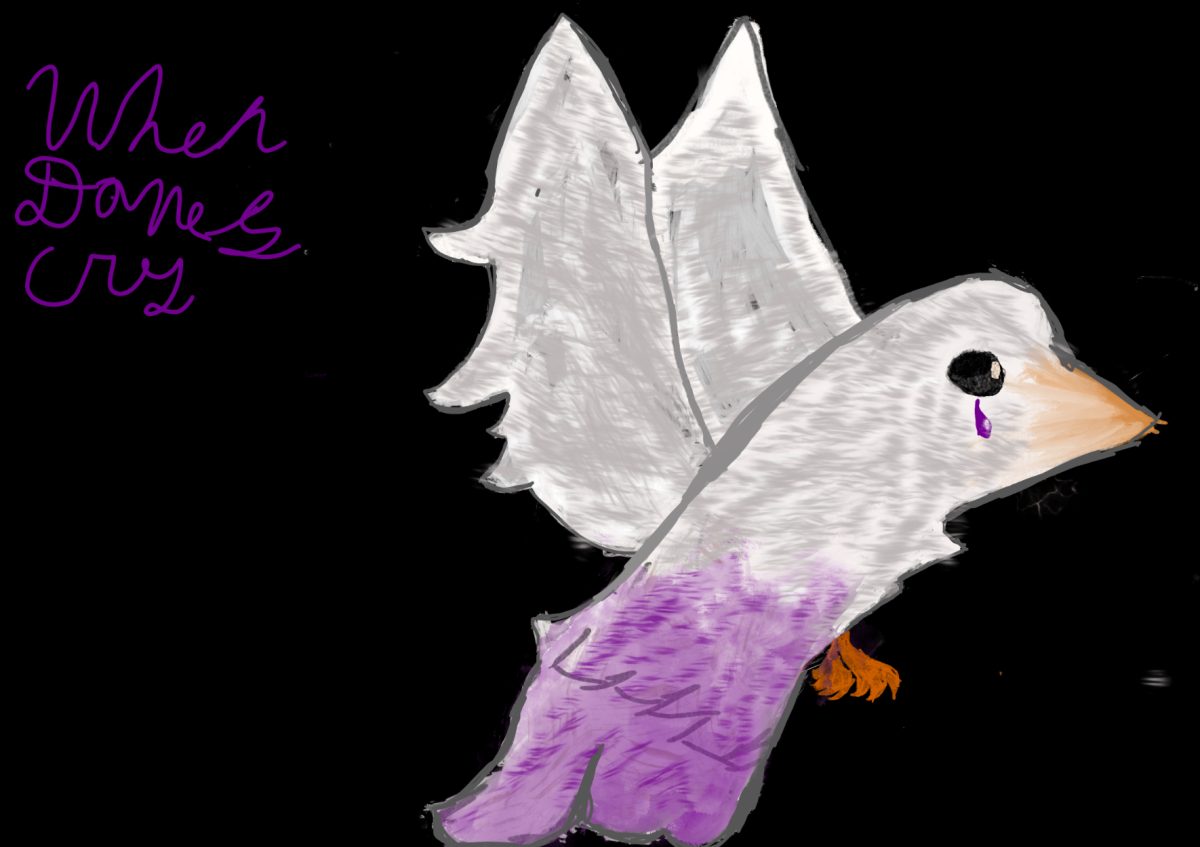The lights hit the stage with a golden flare. Lace fabric sways in the flowing wind. It’s only a note, yet it swept you off your feet like the soothing sea. Five people and one form of magic skidding on vinyl. This is the power of Fleetwood Mac.
Fleetwood Mac is a band that was popular in the 1970s and 1980s whose members included Stevie Nicks (lead singer), Christine McVie (keyboardist), John McVie (bassist), Mick Fleetwood (drummer/band co-founder), and Lindsey Buckingham (lead guitarist/male vocalist). The American British band was formed in 1967 in London and peaked between the 1970s and 1980s. This band had made significant changes within the rock and pop genres. These include the following:
Female Representation and Breaking Societal Norms: In the 1970s, many bands were primarily male-based. However, Fleetwood Mac broke the narrative by becoming famous for having a female as the face of their band (Stevie Nicks) and a female keyboardist (Christine McVie) . This would pave the way for female bands such as the Go-Go’s, TLC, and the Spice Girls among many others. Stevie Nicks was also the first woman to be nominated at the Hall Of Rock And Roll twice (for Fleetwood Mac and as an individual artist). Fleetwood Mac showed women they had a place in the music industry.
Creativity and storytelling: Many of the songs that were written by Fleetwood Mac blended storytelling while being very successful. For example, A song from the Rumors album called “The Chain” (the only song in the album made by all members) was based on the breakups and relationship issues within the band, yet it became an iconic song that sold over 40 million album copies. Listeners found the themes of the song relatable due to its universal themes and liked the overall sound of the song. Many artists would gain inspiration from the storytelling of Fleetwood Mac, such as Taylor Swift, Lana Del Rey, and Harry Styles.
“My favorite part is the song she (Stevie Nicks) made him (Lindsey Buckingham) sing as revenge,” said Dr. Maria Martinez, referencing the infamous relationship/break up between the two bandmates.
Blending Genres: Fleetwood Mac originally started off as a blues band in the late 60s but mixed it with pop, rock, and folk. This opened the way for artists to be more experimental with their music genres and use newer genres such as indie rock. For example, the song, “Tusk” blends guitar riffs, powerful vocals, beats, and sounds prevalent in other genres. This unique blending of genres made the songs stand out and more engaging. This would lead to more experimentation among artists in the years succeeding the peak of Fleetwood Mac among different artists, especially today.
Inspiration from Tensions to Trust: During its peak, the members of Fleetwood Mac had tensions among each other caused by affairs, divorces, stress, arguing, public demand, stress from the music industry, and overall drained mental health. This was very prevalent when Fleetwood Mac spent countless hours and 13 months making songs to finish the Tusk album. During the making of Tusk, many members had recently divorced and took countless hours making all the songs with heavy experimentation (especially from Lindsey Birmingham, who was a perfectionist), causing tension. However, after the Tusk album was finished, every band member had to learn to trust one another again. Many individuals see this as inspiring that through hardships, mutual respect and strong bonds can still remain intact. This is very unusual considering many bands at the time would often turn against each other bitterly, show intense hatred, and disband completely.
“I’m surprised they didn’t disband after all those divorces,” said Mr. Daniel Serrano.
After the good, the bad, the harsh and gentle glare of stage lights, Fleetwood Mac still continues their legacy as it lives in their music and solo work to this day. Some of the members also show their presence on social media and have millions of fans worldwide. Some of the members, such as Stevie Nicks, also individually tour. Fan or not, the legacy runs on against the whirling time of a tune.








